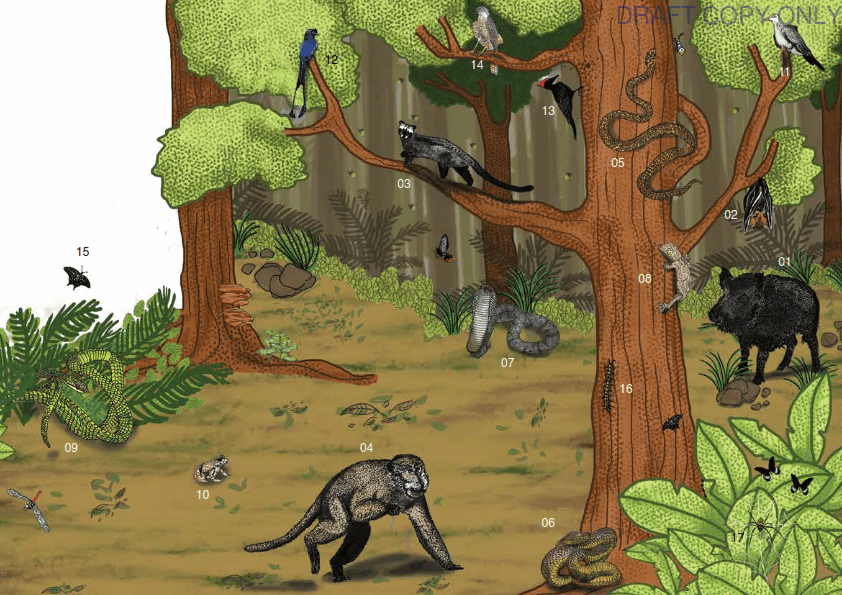Smeuse is a Sussex dialect noun for ‘the gap in the base of a hedge made by the regular passage of a small animal’; now I know the word smeuse, I will notice these signs of creaturely movement more often.
— Robert Macfarlane, Landmarks (2015).
Moumita Bhowmick, aged 24, is a local teacher in South Andaman island. She is engaged in strengthening foundational literacy and numeracy outside of school hours with Dakshin Foundation’s Islands of Wisdom project set up for elementary school students here. “We had one teacher who would take us out into the garden and make us write down what we knew about what we saw,” she says, referring to a science teacher from her middle-school years. For Moumita, this science teacher who grounded the teaching of a concept in his students’ experiences stands out in her memory. On the other hand, she tells me that the system of formal education prevailing in the Andamans now rests on ranks of a very different kind of teacher.
❧
Children are sent to schools for an education. In schools, teachers are the keystones in the practice of education–the system has a very particular view of how this should happen.
The British sociologist of education, Basil Bernstein, identified that “formal educational knowledge can be considered to be realized through three message systems: curriculum, pedagogy and evaluation” [1]. This impression of precision shapes centralised education systems in India today: a curriculum is selected by a central authority intended to “fit” all of India, a pedagogy is decided upon to deliver this curriculum, while a uniform evaluation method measures the successes and failures of all the participants. Yet, assessments conducted by various organisations routinely remind us that such a system does not fulfil its most basic and stated function of making children independent readers so they can learn after and outside of school.
Any critical inspection or demand to change formal education is a reminder that education is a political act. This makes it political to ask schools take more notice of “what is actually going on in the minds of those who are learning” and the wider experiences of the adults directly responsible for ensuring learning [2].
What questions might we ask of the prevalent Indian education system in the Andaman and Nicobar islands? In John Dewey’s 1938 book Experience and Education, he urged educational reformists to find viable replacements for ailing systems instead of simply calling out their flaws–place-based education could be one such alternative for the Andamans. A place-based curriculum creates opportunities for students and teachers to explore the links between their experiences and observations on the one hand, and curricular outcomes assigned to their grade-level on the other.
But, why is it important for schools in the Andamans to learn through contextualised curricula?
❧
The Andaman and Nicobar islands lie at the eastern margins of India. They comprise 572 islands, islets, and rocks in two groups–the Andaman islands and the Nicobar islands [3]. The two groups are separated by the Ten Degree Channel. These 160 kilometres between the Andamans and Nicobars are enough to set them worlds apart.
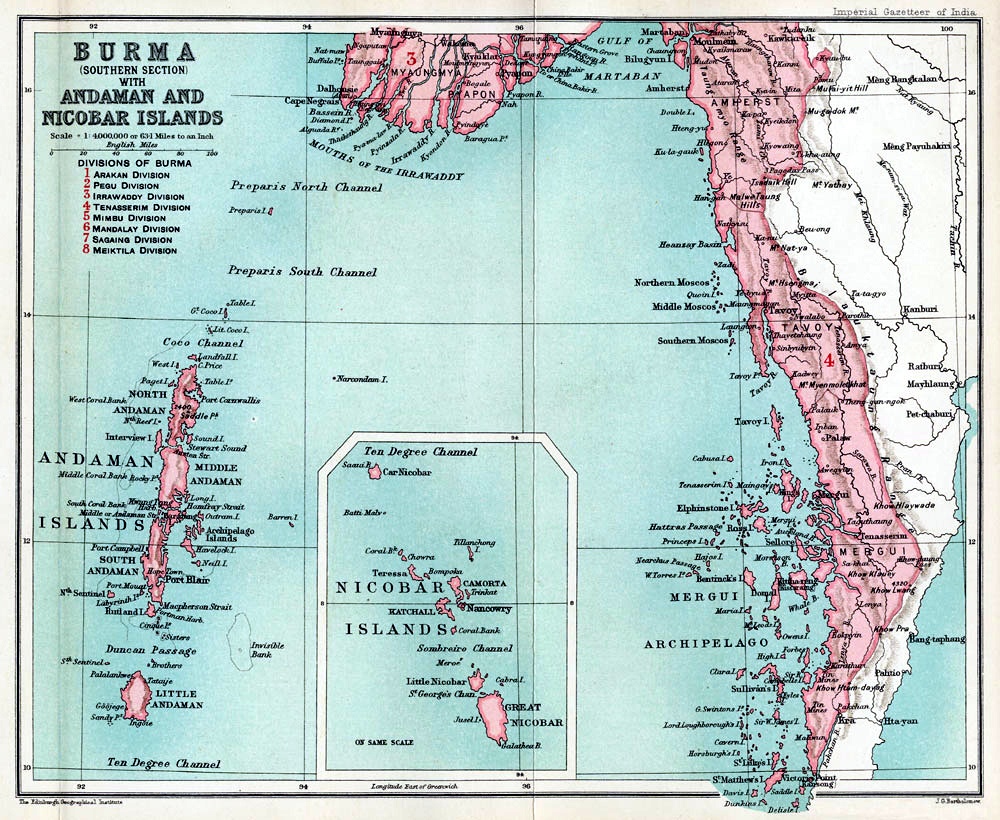
For outsiders, the Andaman islands are a breath-taking tourist destination—David Lodge draws to attention to the nature of “tourism and the myth of paradise” in his novel, Paradise News. A cursory search of the Internet for images of “Andaman and Nicobar islands” reinforces this tension for the Andamans when it churns up an array of mostly pale beaches emerging from incredibly blue waters. A handful of images of charismatic animals–the Nicobar macaque, the dugong (the state animal), and corals–start to appear if you scroll deeper into the results. It is only if you have the need and the intention to scroll past the endless tourism advertisements that you will reach images of the people who live and work there.
Society in these eastern islands of India is complex; there are six indigenous peoples who have lived here for an estimated 40,000 years and a growing number of locals who have roots in communities from mainland India. The islands have also gone through multiple waves of colonisation events—in the 18th century, indigenous islanders fiercely resisted colonisation by the British at the cost of their thriving populations. The government of newly-independent India was quick to re-colonise the islands, populating them with “East Bengal Hindu refugees, Sri Lankan and Burmese repatriates, Punjabi and Marathi ex-servicemen, and (..) some other landless groups” [4].
Today, however, the tussles over land, sea, and all the resources the Andaman and Nicobar islands carry no longer take place on pitched battlefields. Instead, the Government of India distributes and redistributes resources among its approximately 4 lakh residents as it sees fit. Being a “beneficiary” of such reallocations has many and conflicting consequences for different groups of people along a wide and varied spectrum of dis/privilege.
This article, however, is concerned with local Andaman communities who have roots in mainland India, but for whom the islands have been home for as many as three or four generations; they constitute the majority of the population in “the islands” today. The poor visibility of the peoples of the Andaman and Nicobar Islands online is reflected in the island’s schools and curricula catering to this group too.
❧
Formalised education came to the Andaman Islands in the 1880s, when the first primary school was set up in Port Blair for the children of “forest labourers”, the descendants of the colonial prisoners residing in the colony. In this school, Urdu was the medium of instruction used to deliver a curriculum used in the erstwhile colonial province of Punjab. Today, students attending the present-day network of approximately 185 primary schools and 150 middle, secondary, and senior secondary schools across the Andaman and Nicobar Islands study a centralised curriculum once again fashioned by educators from a very different geography–and thus, have very limited opportunities to learn about their home environments at school.
Children in the Andaman Islands will not find the reason why this Union Territory is called “mini India” in their Central Board of Secondary Education (CBSE) curriculum (the only education board functioning here). The Andaman and Nicobar Islands are mentioned only a handful of times in the geography syllabus for students of Grades 6 to 8–mostly with respect to natural resources and disasters, and in ways that do not mention the Island’s people at all.
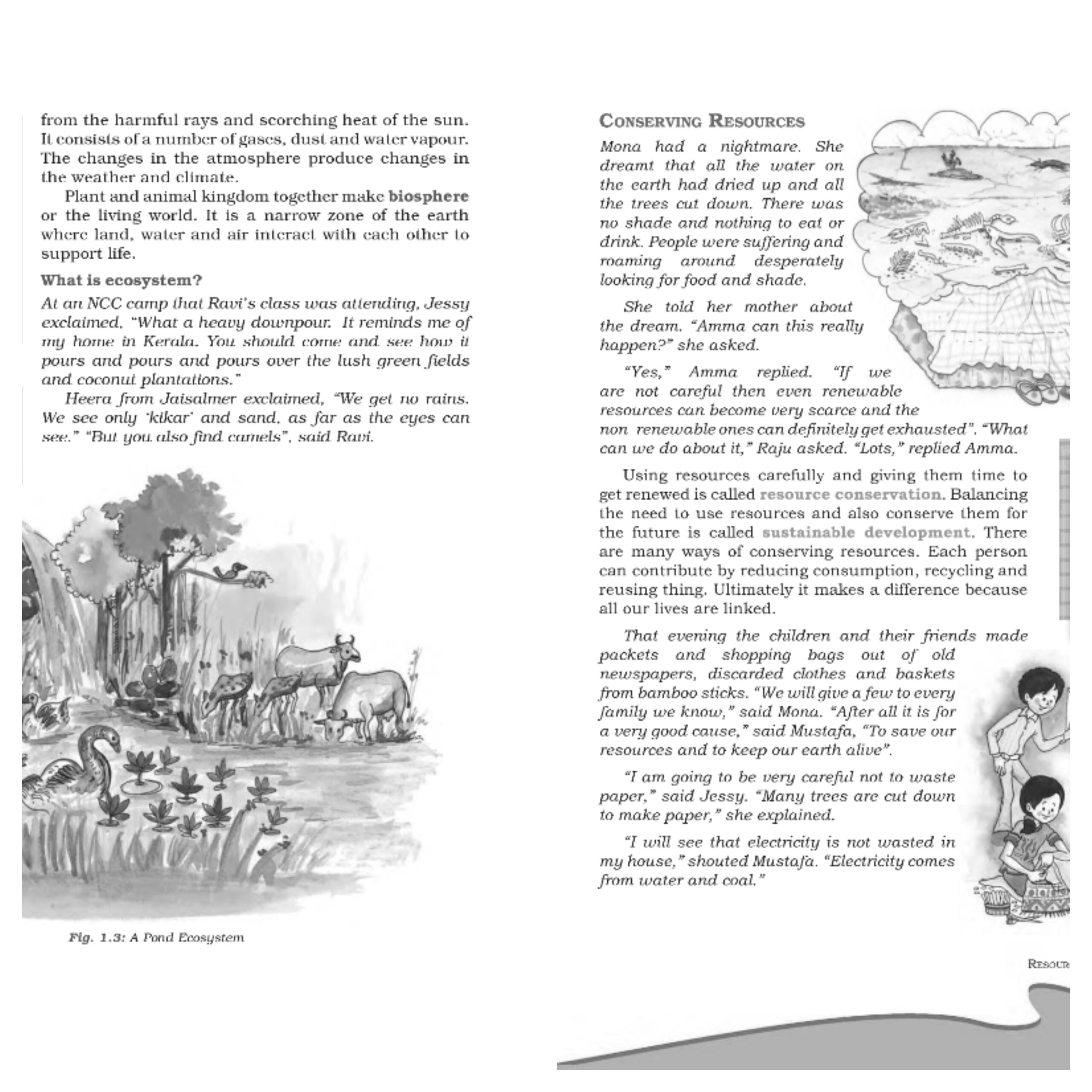
However, did children–and children in the Andamans specifically–not learn before the advent of modern schools? After all this time, do we remember how to observe “learning” as a separate process within mainstream (colonial) “education”? Why is a rigid centralised curriculum seen as the sole source of education?
The pandemic brought us face-to-face with our panic that if children are not going to school, they are not learning. In the process, as Moumita Bhowmick noted, it also revealed the deficiencies of formal education for localised groups here as well.
❧
The geographer, Yi-Fu Tuan draws attention to the relationships we form with our immediate surroundings when acting upon the spaces we inhabit [5]. In spite of larger, natural, and less defined spaces, our experiences of the world are all rooted in recognisable and ordered places like “home”, “school”, “village”, or “city”. Yemuna Sunny–a geography educator–observes that, in Indian formal education however, our sensory relations with the natural world go unacknowledged. Present-day education minimises having to deal with contradictions and conflict between the real world and the curriculum.
However, while the system may function this way, its individual teachers need not always agree with it. Aplonia Topno, aged 25, thinks “a teacher and her students sharing their personal experiences [of concepts] will make their relationship stronger.” Her work with Dakshin Foundation’s Islands of Wisdom project is a continuation of her undertakings in other organisations, where she supports primary-school students with their course work.
Clearly, an alternative to centralised pedagogy is place-based education. It asks that schools leverage the contexts of the teacher and the learner to create more opportunities for learning through the experiences of people–including children–trying to address local concerns. It is collaborative and fosters a sense of a shared goal, or community, and also has the potential to make the classroom a space of achievement and motivation.
The place-based education intervention undertaken by Students’ Educational and Cultural Movement in Ladakh (SECMOL) demonstrates–in the universally intelligible language of pass percentages–the benefits of place-based education. Founded by Sonam Wangchuk in 1988, SECMOL aimed to reform Ladakh’s education system. The organization appropriately interpreted high rates of failure during pivotal, compulsory exams—like those at the end of Grade 10—as a systemic failure and chose to alter the system rather than teach the existing material more vigorously.
Sujatha Padmanabhan explains how the SECMOL initiative called Operation New Hope replaced “a bewildering array of concepts and examples that had little relevance to children in Ladakh (for example, road safety rules, coconut trees, tigers and lions)” with more locally relevant content in 33 villages between 1994 and 2005. This intervention was not the labour of outsiders or alien experts, passing down instructions to those “on the ground”. SECMOL staff with the help of local teachers and experts from other parts of India collaborated with the Ladakh Autonomous Hill Development Council and the (then) state Education Department. The project transformed the awareness and acceptance of the nuances of the region for students and educators alike.
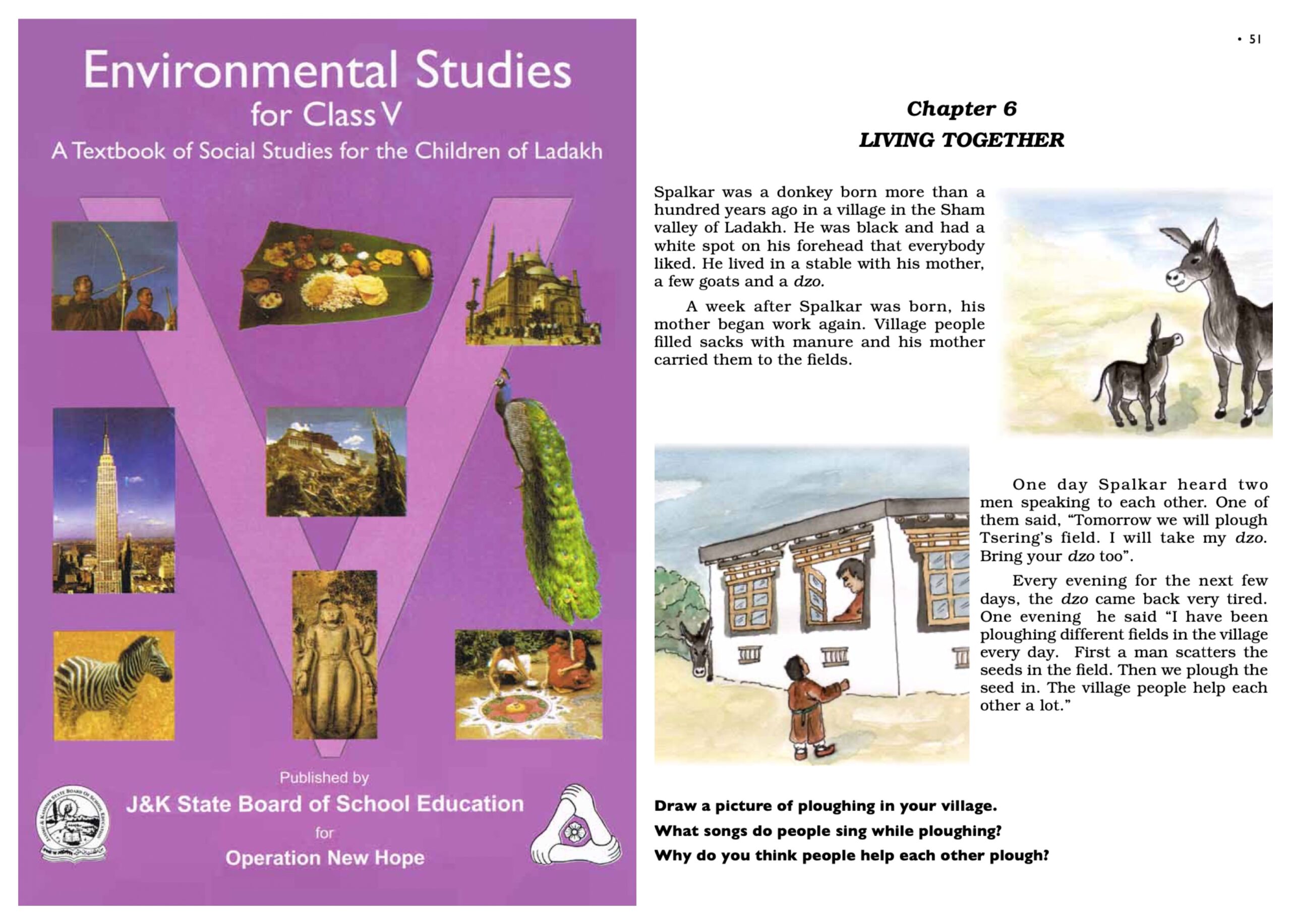
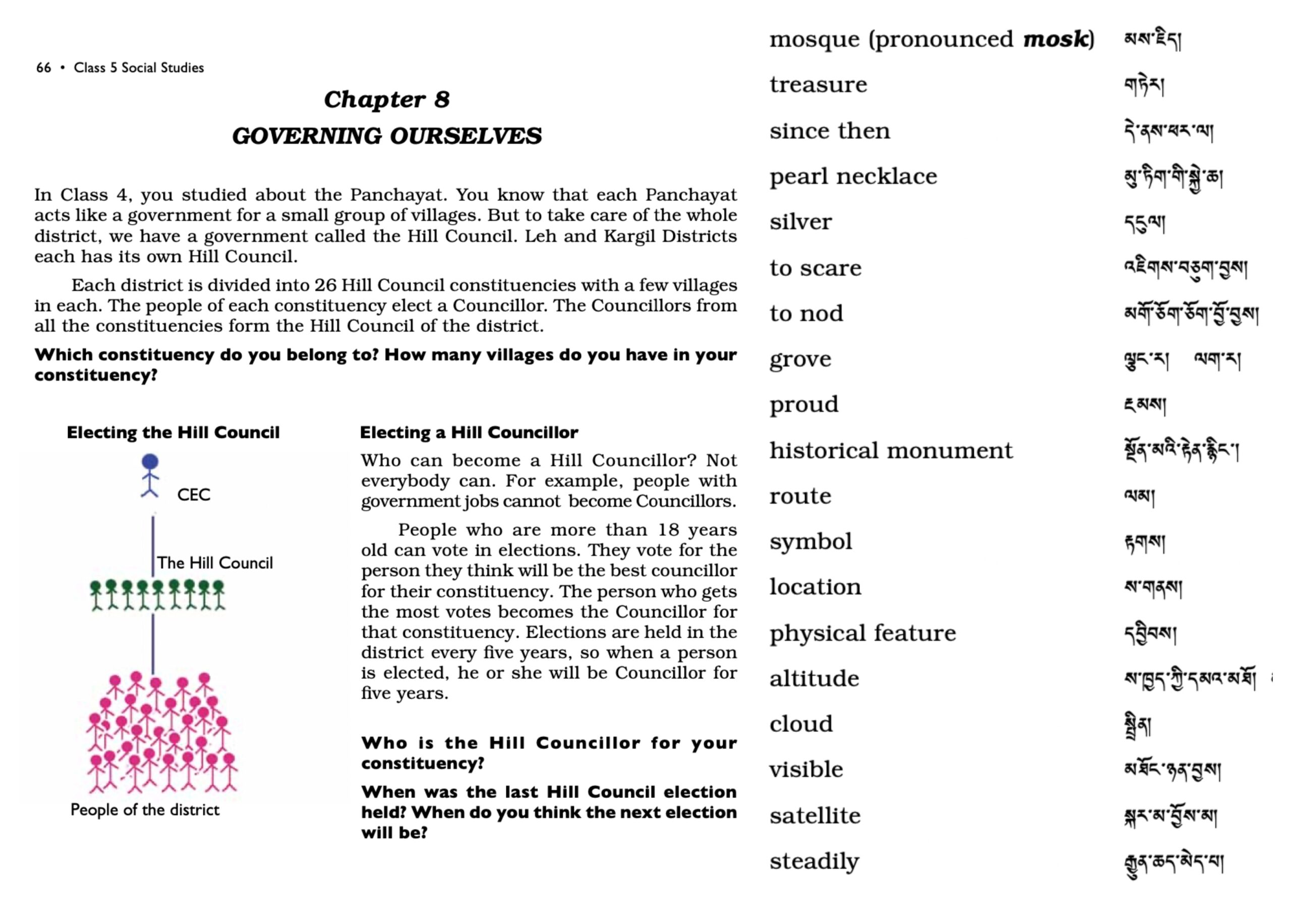
The proof is in the pudding. In 2020, Wangchuk pointed out that the “the pass percentage in Class X [in Leh district] rose from a dismissal 5% to 55% in seven years and is now 75%.”
❧
Ladakh and the Andaman Islands could scarcely be more geographically dissimilar. However, as territories on the margins of India, aggressively promoted as tourist destinations, some similarities run deep. The 2004 tsunami set off “rapid socio-economic change[s]” such as increased infrastructure, better connectivity, increased availability of consumer goods, and a dangerous shortage of drinking water in the islands, especially in the fair season [6][7]. NITI Aayog’s most recent plan for the Andamans is centred around transforming Little Andaman Island by building “casinos, underwater resorts, golf courses, convention centres, plug and play offices, a dedicated drone port, nature cure centre, all type aircraft international airport and also aims to make it capable of handling an ample amount of trade.”
Although the plan for the “development” of this island is said to be for “more job opportunities, facilitating self-employment, generating sufficient income, providing state of the art health facilities, making available high quality of education and better connectivity via all routes- sea, air and web alike,” there are undeniable ramifications for both, the historically harried Onge tribe and the “Nicobarese, Bangladeshi Refugee Settlers and few other people from Mainland India” who inhabit the island.
Nevertheless, that these are the promises being made is unsurprising: employment is high on the list of what young people demand from their education here. “Exams to qualify for government jobs [here] require that we have a general knowledge of the islands. But, that’s not taught to us in school,” Moumita says. “And, all the project work that children are now assigned is not interview-based like ours used to be,” adds Aplonia. Moumita further adds with concern that “there is no opportunity in curricular work for students to go ask local people questions,” and thus, for breaking the boundaries between the school on the one hand, and the community and local environment on the other [8].
If this is the case,” Aplonia asks, “why is it that we make children spend so much time in school [learning disconnected curricula]? The real need is for the certificate that tells employers that the applicant has all necessary qualifications to do a job.”
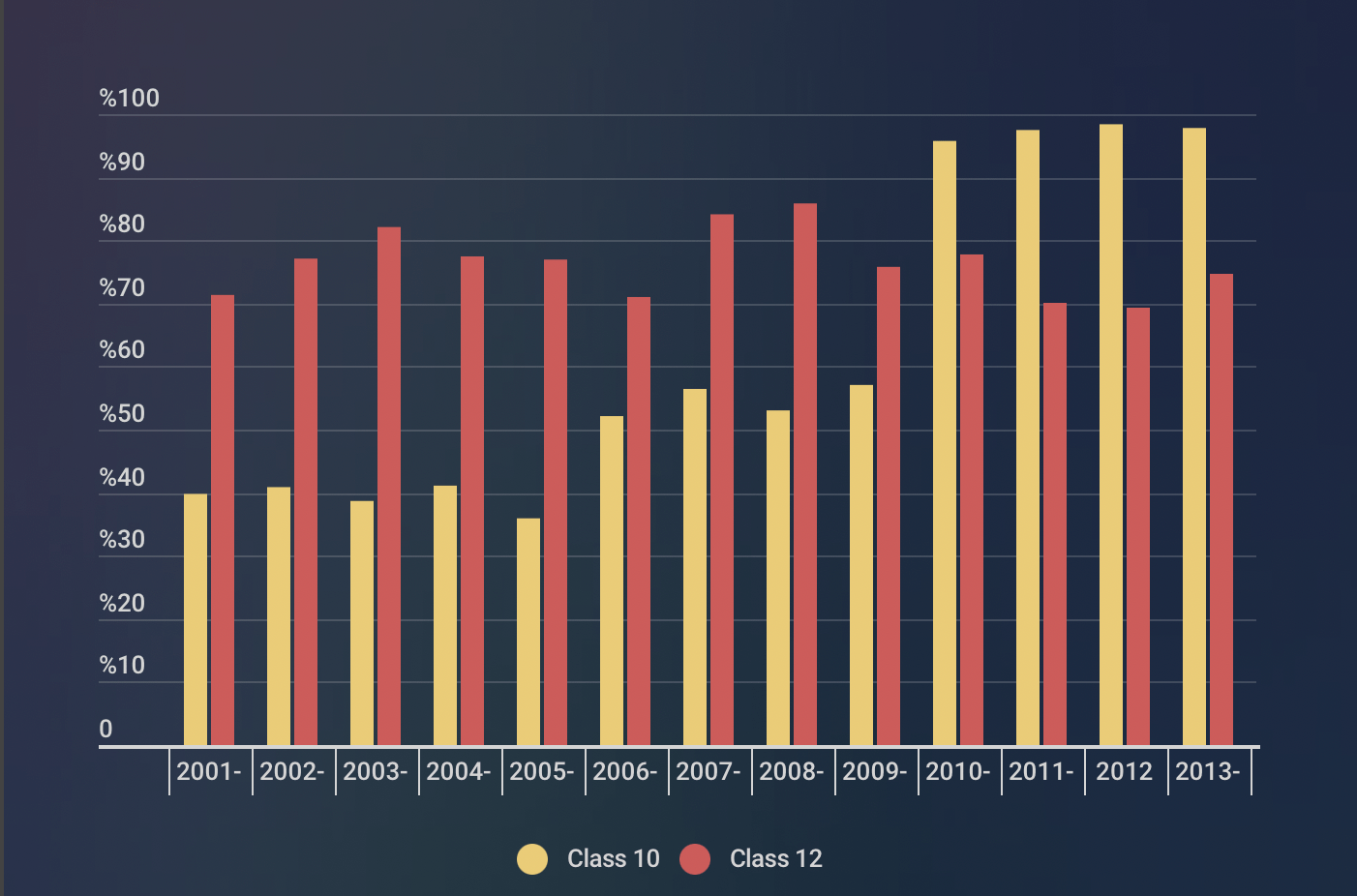
A replacement of the traditional curriculum–like in the case of Operation New Hope–was necessary in a context where performances during standardized tests were abysmal. Looking at the scores of students in the Andaman and Nicobar islands, there is no such immediate and apparent crisis to solve—and so, demands to replace the entire formalised curriculum with a place-based curriculum may not carry as much weight. Instead, what is needed, is one that can support the existing curricular paradigm—and the experiences and needs of the local students here.
However, decisions about curricula are made at the pleasure of an administration that sits 3,400 km away–as a Union Territory, the bulk of education measures for the islands are decided by the Centre, and communicated to Port Blair through a trail of orders, memos, and notices.
❧
The locals of the Andaman and Nicobar Islands–specifically those not belonging to the Scheduled Tribe category–are a diverse group whose social, cultural, political, and economic heterogeneity is complicated by the uniform nature in which these islands are governed. Islander identities are foregrounded against larger communities—such as the Karen from Burma (Myanmar), those from central India (drawn from areas now referred to as “Ranchi” [9]), Bengalis (both, from West Bengal and Bangladesh), Tamilians (both, from Tamil Nadu and Sri Lanka), and other groups over the years [10].
In 1996, in order to explore a supplementary place-based education, researchers at Andaman and Nicobar Environment Team (ANET) and Kalpavriksh wrote Treasured Islands, “a place-based and contextual environmental education teachers training manual.” When the Supreme Court mandated the teaching of environmental education in school in 2003, Dakshin Foundation, ANET researchers, and a host of other individuals–including design students from the Srishti Institute of Art, Design and Technology, Bengaluru, teachers, and administrators–worked to update the book so it could be used in public school classrooms in the islands. The 3rd edition of Treasured Islands is a comprehensive resource for context-specific environmental education in the Andaman and Nicobar Islands, while adhering to the framework of the CBSE curriculum. Although yet to be widely used, the support of the administration–especially the Directorate of Education–was crucial for this endeavour.
If the CBSE syllabus for science in Grade 6 demands that students learn about the parts and functions of plants from a generalist perspective, then Treasured Islands delivers an opportunity for students to air any questions they have about why the roots of trees in a mangrove forest appear above the ground when roots “are supposed to be” growing underground.
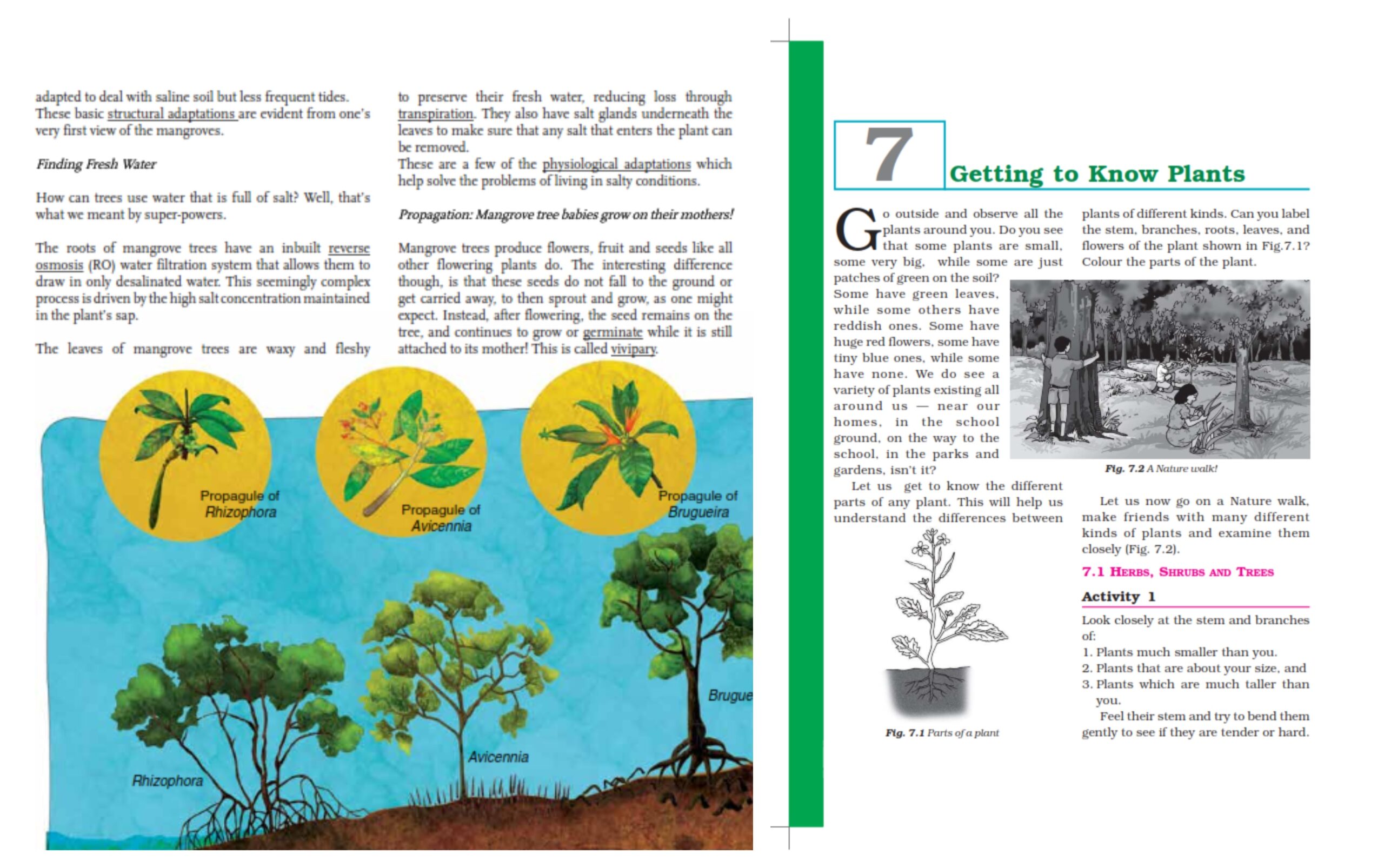
For Grade 7, the conversation around ecosystems in the CBSE syllabus for Geography is rooted in students’ and teachers’ observations of the assemblages of organisms inhabiting the diverse ecosystems of the islands. An awareness of species they will not routinely encounter—but are important to know—is simultaneously created through a place-based curriculum like Treasured Islands.
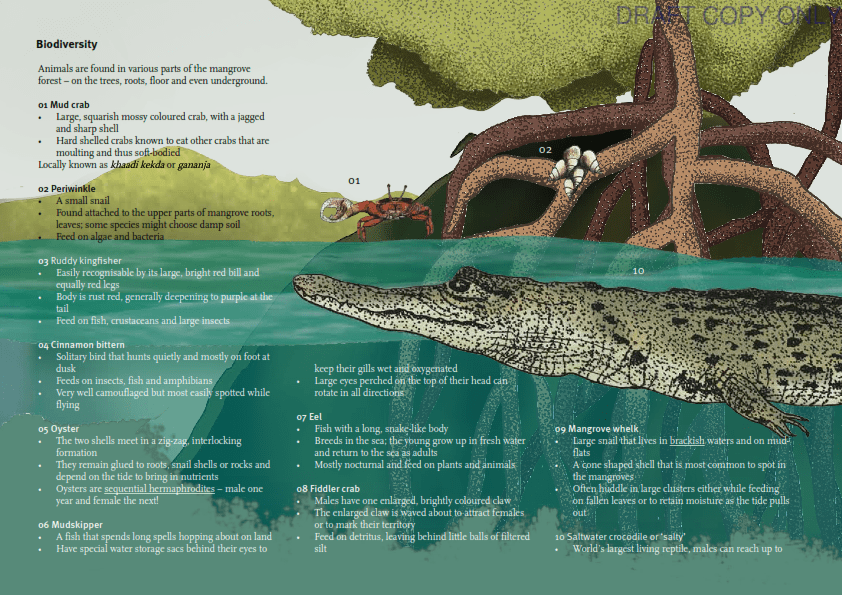
“Sustainable development” is defined in Grade 8 Geography lessons in broad terms. However, sustainability means different things in different places, to different communities. In Treasured Islands, the idea is made more concrete by connecting it to fishing, a practice that is integral to the economy and socio-cultural milieu of the islands.
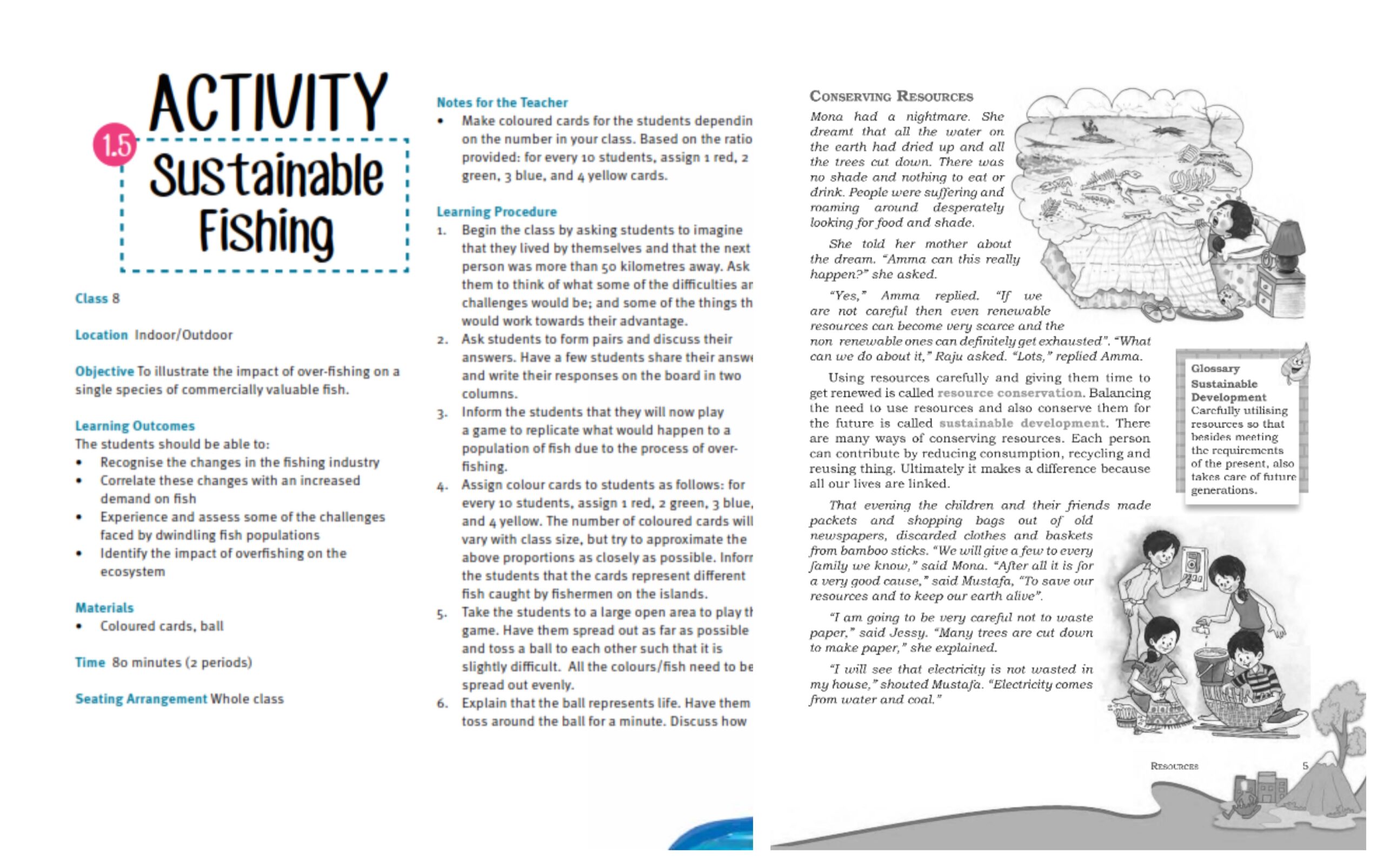
❧
A curriculum that recognizes the realities of the participants stands a chance to truly ignite not only their individual potential—but the potential of the communities they come from as well. “Students who failed [their exams in the past] have excelled in their chosen area [of place-based study] and risen to become entrepreneurs, filmmakers, teachers, and politicians as well,” Dr. Wangchuk says of students who once studied at SECMOL. Could working towards regularising a place-based curriculum have the same outcomes for the Andaman and Nicobar islands?
For more on coastal India’s past, present, and future, curated by The Bastion and Dakshin Foundation under “The Shore Scene”, click here.
Featured image: from the Treasured Islands Resource Book, courtesy of Dakshin Foundation.
[1] Bernstein, B. (1971). On the Classification and Framing of Educational Knowledge. In M. Young (Ed.), Knowledge and Control: New Directions for the Sociology of Education (pp. 47-69). London: Collier Macmillan.
[2] Dewey, J. (1938). Experience and Education. New York: Collier Books.
[3] (EQUATIONS, INTACH Andaman & Nicobar Islands Chapter, Society for Andaman & Nicobar Ecology, Kalpavriksh, Jamsetji Tata Centre for Disaster Management – TISS, Tata Institute of Social Sciences, ActionAid International India, 2008)
[4] Mini-India: The politics of migration and subalternity in the Andaman Islands. New Delhi: Oxford University Press.
[5] Tuan, Y.-F. (1977). Space and Place: The perspective of experience. Minneapolis: University of Minnesota Press.
[6] Mini-India: The politics of migration and subalternity in the Andaman Islands. New Delhi: Oxford University Press.
[7] Sekhsaria, P. (2017). Islands in Flux: The Andaman and Nicobar Story. NOIDA: Harper Litmus.
[8] Smith, G. A., & Sobel, D. (2010). Place- and Community-based Education in Schools. New York: Routledge.
[9] Sekhsaria, P. (2017). Islands in Flux: The Andaman and Nicobar Story. NOIDA: Harper Litmus.
[10] Zehmisch, P. (2017b). Mini-India: The politics of migration and subalternity in the Andaman Islands. New Delhi: Oxford University Press.


